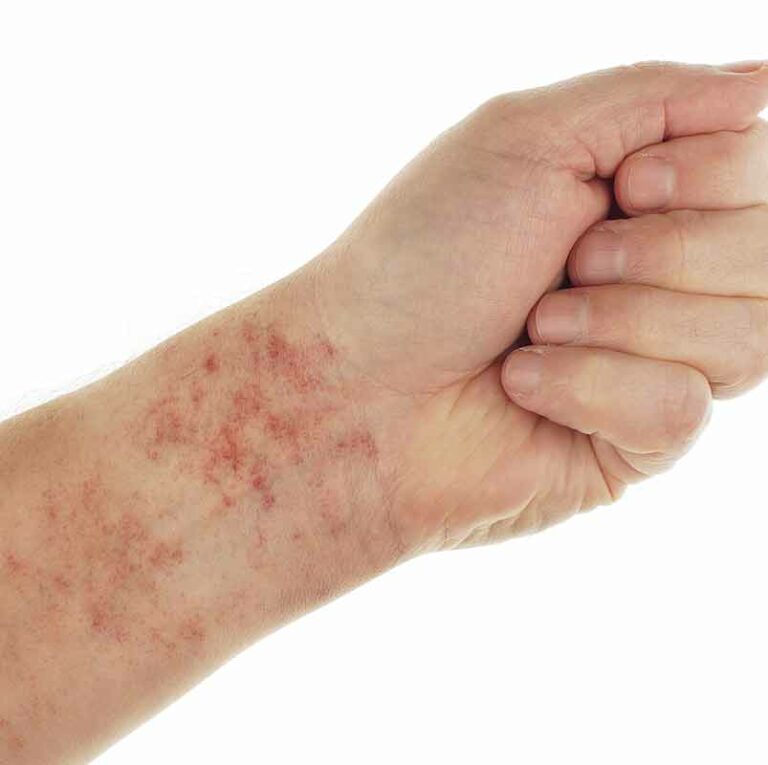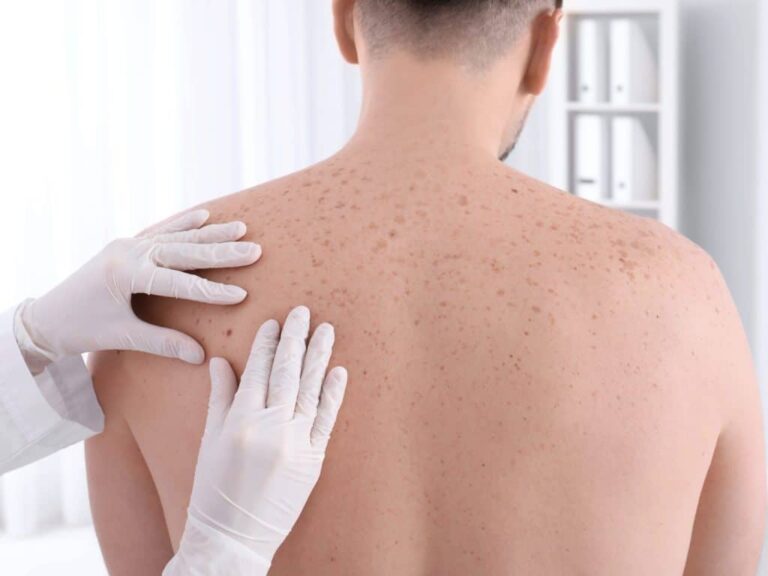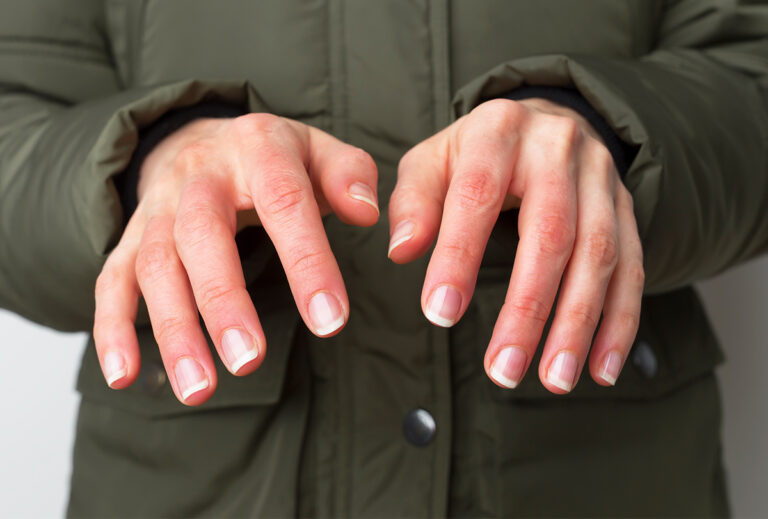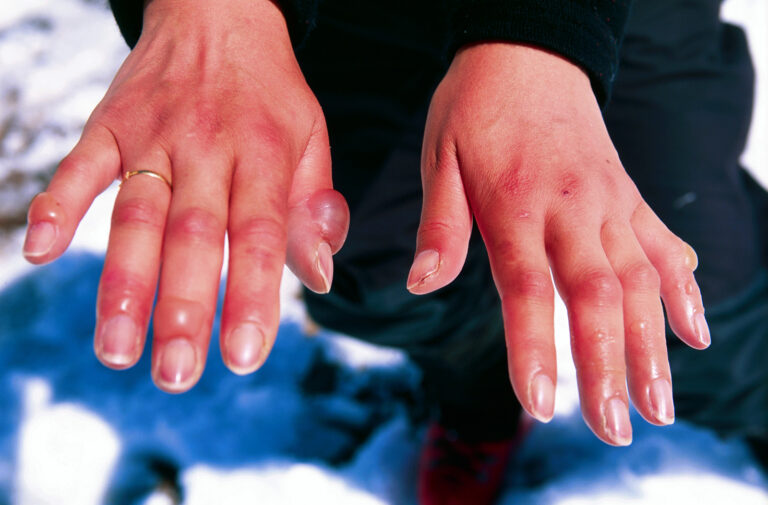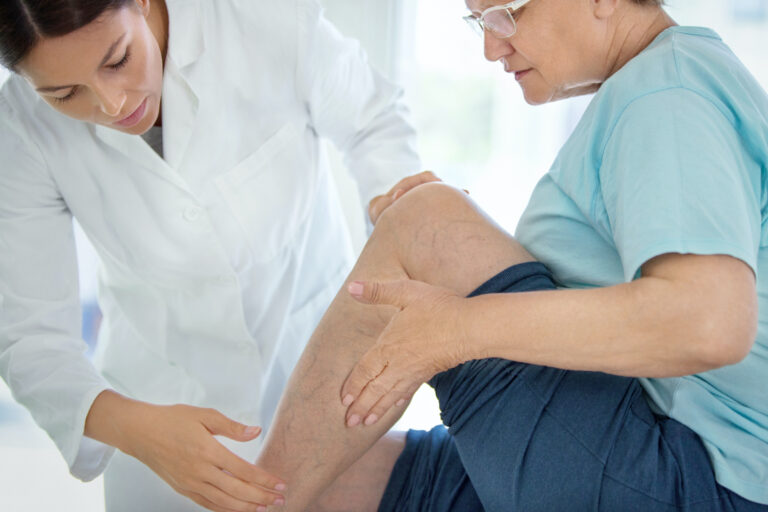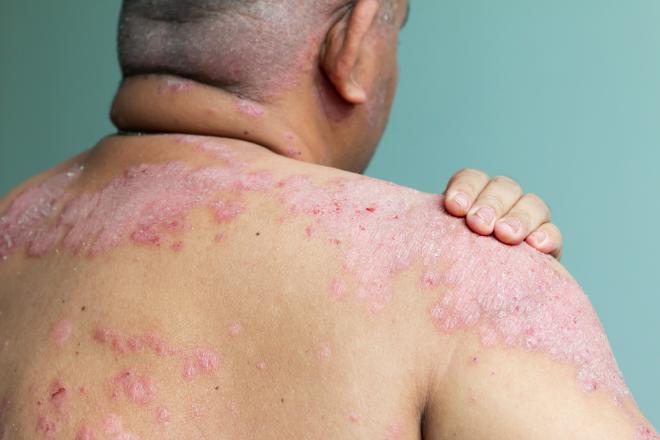Melanoma: What to Know About This Skin Cancer
Author: Alvin
Alvin
Category: Health

Melanoma is a serious skin cancer that starts in melanocytes. Melanoma is more deadly than basal cell carcinoma (BCC) and squamous cell carcinoma (SCC) because it can spread to other organs more quickly if not treated early.
Cancer begins when cells in the body proliferate uncontrollably. Any cell in the body can become cancerous and spread to other parts. UV radiation from sunshine, tanning lamps, and beds increases your risk of developing melanoma. Limiting UV exposure can help prevent melanoma.
How common is melanoma?
Melanoma is more common in older adults. But it can develop in those under 30 years old. A prevalent cancer in young adults, especially women. Melanoma in adults aged 15 to 29 is expected to reach 2,400 by 2020. The incidence of melanoma has risen significantly in the last 30 years. It’s commonly known that rising UV exposure is one of key causes of the rapid rise in melanoma occurrences.
Melanoma diagnoses have increased dramatically over the last three decades. From 2008 to 2017, rates grew by 2% annually. However, diagnostic rates vary by age. It is now one of the most common cancers in young adults in the US.
What Causes Melanoma?
Many melanomas risk factors have been identified, but their specific mechanism of action is uncertain. Overexposure to sunlight, especially sunburns when young, is a key risk factor. Melanoma accounts for 86 percent of all melanomas, according to research. UV rays can damage DNA, altering genes that control cell growth and division. Problems arise when skin DNA broken, and cells start multiplying.
Skin cells normally develop in a controlled and orderly manner, pushing older cells toward the skin’s surface, where they die and fall off. When DNA damage occurs in some cells, new cells grow uncontrollably, eventually becoming a mass of malignant cells. Our genes are made up of DNA, which are found in every cell. Our DNA makes us look like our parents. But DNA influences more than just appearance.
Our cells’ growth, division, and death are all controlled by several genes:
¢ Oncogenes are genes that help cells grow, divide, and survive.
¢ Tumor suppressor genes control cell growth, repair DNA errors, and trigger cell death.
Mutations (or other alterations) in DNA can cause cancer by activating oncogenes or suppressing tumor suppressor genes. These gene alterations can cause uncontrolled cell growth. To become a cancer cell, a cell needs to change many genes.
Main Types of Skin Melanoma
The appearance of a melanoma cell sample under a microscope determines the type. You get them during a biopsy or surgery. The type helps your doctor understand where and how quickly the melanoma will spread.
¢ Superficial Spreading Melanoma. The most common type of melanoma is superficial spreading. It begins by developing along the epidermis. It can eventually go deeper into the skin. This kind accounts for almost 70% of all melanoma cases. Women’s legs and men’s backs are the most common areas, with ages 30-50.
¢ Nodular Melanoma. Melanoma is the second most common type of melanoma. It can be aggressive due to its rapid growth. It has a hard hump or node that rises above the skin’s surface. About 20% of melanomas are thick blue-black masses. They evolve faster and spread more easily. Melanomas that left untreated might develop nodules and invade.
¢ Lentigo Maligna Melanoma. Lentigo maligna melanoma usually develops on the face, scalp, or neck. Patients with highly sun-damaged skin generally affected. Lentigo maligna develops slowly and resembles a huge, irregularly shaped, or colored freckle. It may take several years to develop or may never develop. Removal advised due to the unpredictable nature of future conduct.
¢ Acral Lentiginous Melanoma. Acral lentiginous melanoma is a rare cancer that affects all races. It is the most frequent melanoma in African and Asian populations. Psoriasis can develop on the palms of the hands and feet, as well as under the nails.
Symptoms and Signs of Melanoma
Melanomas can appear anywhere on your body. They usually appear on sun-exposed areas, including the back, legs, arms, and face. The ABCDE rule also helps identify melanoma symptoms. Keep an eye out for areas that exhibit any of the following characteristics:
¢ A is for Asymmetry. Look for moles with odd shapes, like two halves. A mole or birthmark has two halves.
¢ B is for Border. Look for moles that have uneven, notched, or scalloped borders, which are common in melanomas.
¢ C is for Color. Look for growths with a variety of hues or an uneven color distribution. Black, brown, and tan shades may be present. There may also be areas of white, gray, red, or blue.
¢ D is for Diameter. In a mole larger than 1/4 inch, look for fresh growth (about 6 millimeters). Approximately the same size as a pencil eraser. When melanoma is first discovered, it may be tiny.
¢ E is for Evolving. Look for changes over time, such as a growing mole or one that has changed color or shape. Moles might sometimes acquire new signs and symptoms over time, such as itching or bleeding.

How to Prevent Melanoma?
If you do the following, you can lower your risk of melanoma and other types of skin cancer:
- Early Detection is essential. Check one’s skin at least once. Then, if advised, get one’s skin checked regularly. Many medical centers now operate “Pigmented Lesion Clinics” to allow for close clinical and photographic monitoring of high-risk patients.
- Wear sunscreen most of the year. Even on cloudy days, use a broad-spectrum sunscreen with SPF 30 or higher. Excessive sun exposure requires reapplying sunscreen every two hours.
- Learn to recognize changes in your skin by being familiar with it. Inspect for new growth or changes in existing moles, freckles, or birthmarks on a regular basis. In the mirror, examine your face, neck, ears, and scalp. Check your chest, back, arms, and hands for any signs of infection. Observe the soles of your legs and feet, as well as the gaps between your toes. Inspect your genital and buttock areas as well.
- Limiting your exposure to the sun. The best way to prevent melanoma is to avoid exposure to UV radiation, including tanning booths. You absorb UV radiation all year, and clouds provide little protection. Avoiding the sun during its peak helps prevent sunburns and suntans that damage skin and raise the risk of skin cancer. Long-term sun exposure can cause skin cancer.
- Put on some protection gear. Cover your skin with dark, closely woven garments. A wide-brimmed hat protects better than a baseball cap or visor. Some companies also sell protective gear. A dermatologist can suggest a brand. Remember your shades. Look for those that block both UVA and UVB rays.







